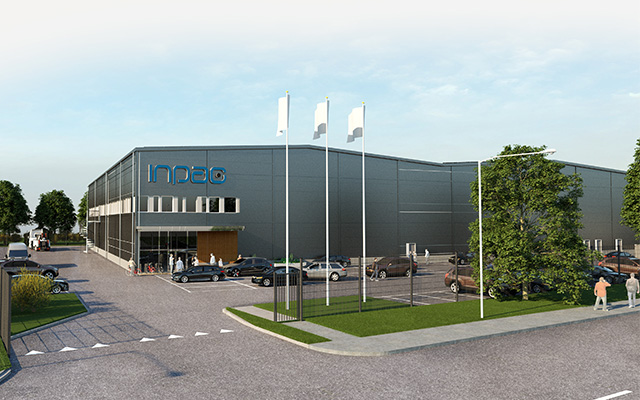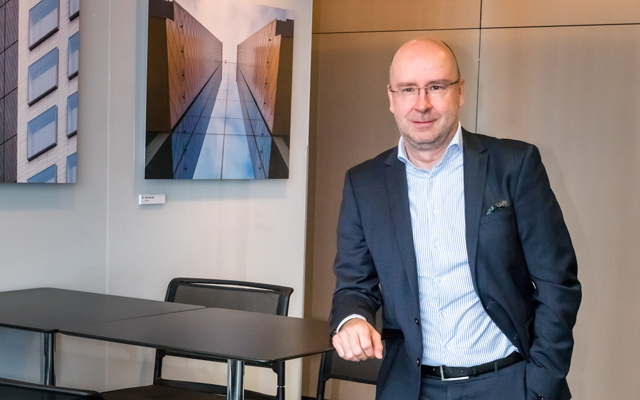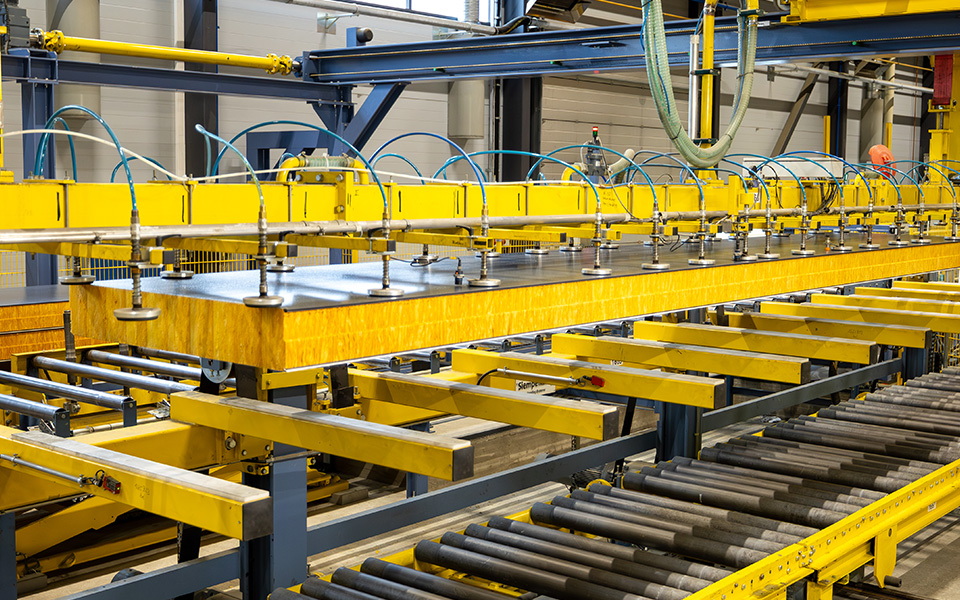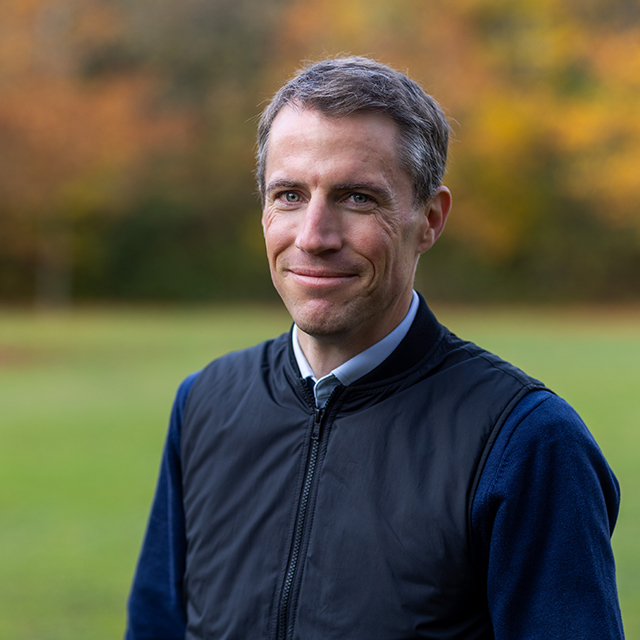Ruukki delivers sandwich panels featuring fossil-free steel to Tomaten 1 in Lund, Sweden
Together with Peab, SSAB and Wihlborgs, Ruukki presents the world's first building featuring fossil-free steel. The building, Tomaten 1, in Lund, Sweden is an industrial facility covering roughly 6,000 square meters. The fossil-free SSAB steel, made with HYBRIT technology, has been used in the manufacture of the Ruukki sandwich panels in the building. Approximately 40% of the building's façade is made of fossil-free steel.
Working closely with Smidmek, part of Peab Byggsystem, we at Ruukki have designed, calculated the dimensions and produced the building’s wall and roof structures. Sandwich panels have been used for the walls to create an energy-efficient building envelope with low energy consumption throughout its lifespan.


“Products made from fossil-free steel are part of Ruukki's aspiration to take the construction industry towards carbon-neutral buildings. The Nordic countries, and Sweden in particular, are pioneers in sustainable construction. This project is an excellent example of how we can revolutionize the future of construction together with our customers,” says Sami Eronen, President of Ruukki Construction.
Life panels with fossil-free steel
The customer chose our SPA E Life 200 sandwich panels for Tomaten 1. Part of the conventional steel in the panels has been replaced with fossil-free steel. Ruukki's current Life panels already have a carbon footprint that is 20% lower than that of the average European mineral wool panel. The core of the Life panel is made of glass wool, with over 70% of the material being made from recycled glass.
For buildings like Tomaten, fossil-free steel will reduce the façade's carbon footprint by about 50% by 2026, when fossil-free steel is available on the market at a commercial scale.


Meet some Ruukki team members who worked on the project

Per Göransson, Business Director, Ruukki Scandinavia

Rasmus Larsson, Portfolio and Sustainability Manager Ruukki Scandinavia
What is the emission reduction impact of fossil-free steel on new construction?
We are aware that the construction of new buildings, and likewise the production of building materials and products, has a significant climate impact. The transition to fossil-free steel is an important step in reducing the environmental footprint of our industry.
In 2026, when fossil-free steel is produced at a commercial scale, we estimate that buildings like Tomaten would reduce the environmental impact of the building envelope by 50%. This development is a valuable step towards a more sustainable and circular construction industry.
At Ruukki, how do you promote the development of sustainable building products and reduce the carbon footprint of the construction industry?
We strive to promote the development of sustainable building products and reduce the carbon footprint of the construction industry by starting with the entire life cycle of a product and dividing our work into four categories. Our product development process focuses on ensuring that our products are not only manufactured sustainably, but are also sustainable during and after their lifetime.

Linus Eriksson, Sales Engineer for Tomaten 1 Ruukki Sverige AB
Can you tell us a bit more about the project and the collaboration?
Tomaten 1 is a modern industrial facility that from the start had high sustainability requirements in order to achieve the Sweden Green Building Council's Silver certification, a high rating for an industrial facility. Together with Smidmek, part of Peab Byggsystem, Ruukki was responsible for the design of the roof and wall structure as well as the production of the T130M roofing sheet and the SPA E Life sandwich panels, where some of the conventional steel has been replaced with fossil-free steel. This multi-party collaborative project required working closely together to ensure smooth implementation, and we are proud to be part of the project.
What does it mean for Ruukki to be able to offer both fossil-free and recycled steel to your customers?
The ability to offer both SSAB Fossil-free steel and recycled-based SSAB Zero® steel is a milestone, and it is something that will give our customers a tangible advantage. Not only are we proud of this step, we are convinced that it is a crucial development for the entire industry.
We are noticing increased environmental awareness among our customers, and higher sustainability requirements are being placed on projects. The choice of material is crucial and interest both in fossil-free and recycled steel is growing steadily. Fossil-free steel marks the start of a green transition in the construction industry. To succeed, we all need to work together.
Fossil-free steel from SSAB will be available at a commercial scale from 2026, and as part of SSAB we are ensured access to the material. As early as next year, in 2024, we will be able to offer significant volumes of recycled steel, SSAB Zero®, to meet customer needs.





.tmb-250x190.jpg?sfvrsn=607438b5_1)





